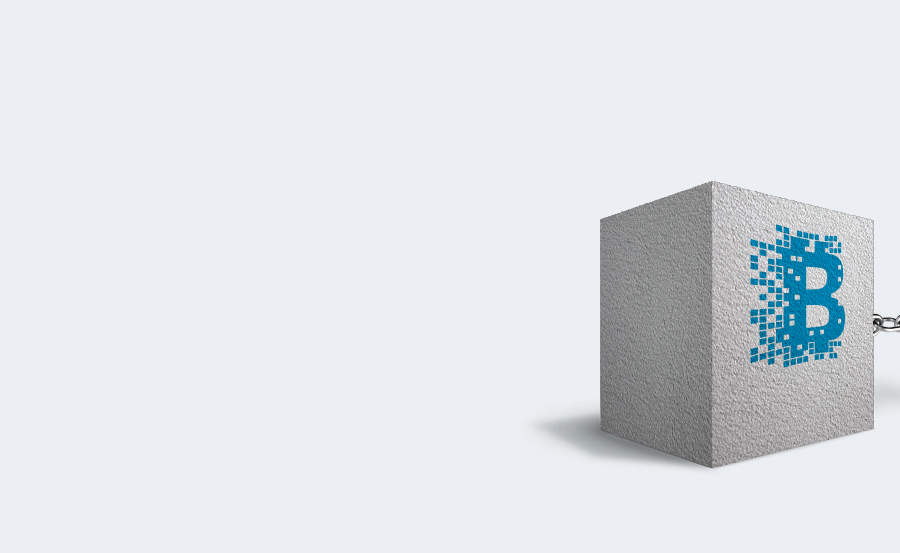
Blockchain, also known as Distributed Ledger Technology (DLT), is a system that ensures the unchangeable and transparent history of any digital asset through decentralization and cryptographic hashing. Think of blockchain technology like a Google Doc. When we share a document with a group of people, the document is distributed, not copied or transferred. This creates a decentralized distribution chain, giving everyone access to the document at the same time. Nobody is locked out waiting for changes from another party, while all modifications to the document are recorded in real-time, making changes completely transparent.
Blockchain Technology Defined
Simply put, blockchain technology is a decentralized and distributed ledger that records the origin and ownership history of a digital asset. Its design makes the data on a blockchain immutable, which positions it as a significant disruptor in various industries such as payments, cybersecurity, and healthcare.
Our guide will provide a comprehensive understanding of what blockchain technology is, its use cases, and its history. So, whether you’re a beginner or an expert, you’ll be able to grasp the concept and significance of blockchain technology.
What is ETH?
Ethereum is a “virtual machine” that can run decentralized applications (dApps), programs that operate without a third party, and smart contracts, scripts of code that automatically execute under certain conditions.
Ether, the cryptocurrency that powers the Ethereum network, has the second-largest market capitalization in the space.
While many see Bitcoin as a store of value, most see Ethereum as a platform for launching new cryptocurrencies and decentralized applications.
Use cases of ETH
- Smart contracts and dApps. A smart contract could reward a musician when a music dApp plays their song or grant a loan to someone using crypto as collateral in a decentralized finance (DeFi) protocol.
- Tokenize anything. Ethereum allows users to create their own unique, non-fungible tokens (NFTs) that can represent anything from virtual assets to real-world commodities. Users can then trade these tokens or use them to power other decentralized applications.
- Create a new currency. Ethereum lets anyone create their own cryptocurrency with a few lines of code. For example, USD Coin (USDC) runs on Ethereum.
- Transaction fees. When you send an Ethereum-based token or use the network, you pay transaction fees in ETH.
Why is ETH getting attention?
- Upcoming upgrades. To improve scalability,Ethereum will change how it secures its network later this year, from the process Bitcoin uses (proof of work) to one that uses significantly less energy (proof of stake).
- NFT mania. From art to real estate, these digital assets have gone mainstream. Many of the world’s biggest brands have devised NFT strategies to meet increasing demand.
- Institutional interest. Big-name investors and institutions have invested into Ethereum, recognizing its potential as a platform for decentralized applications.